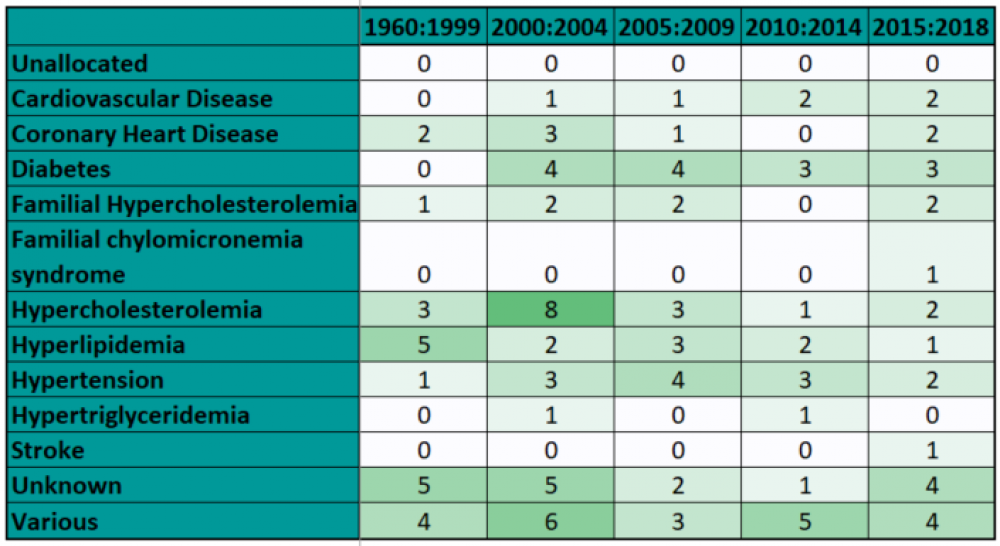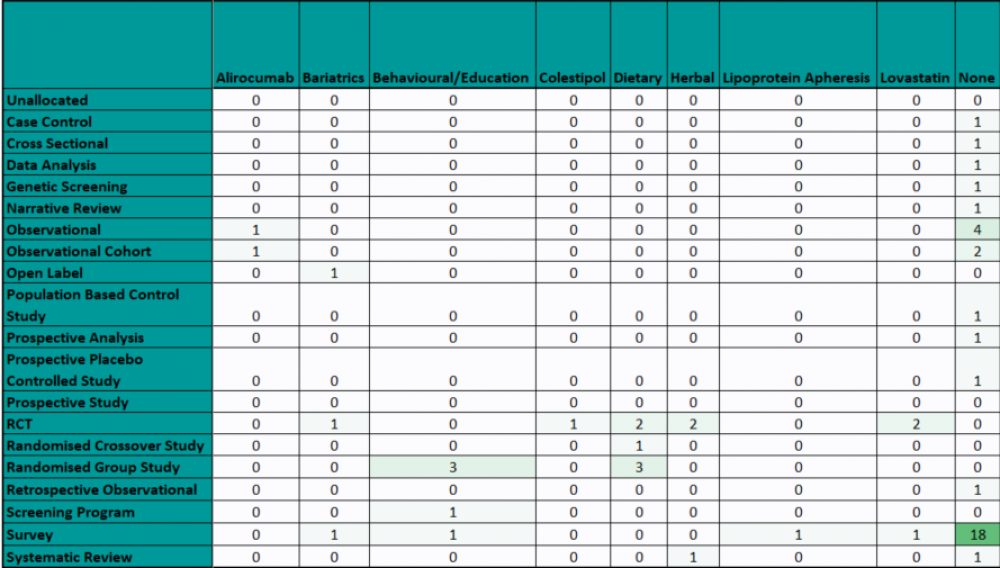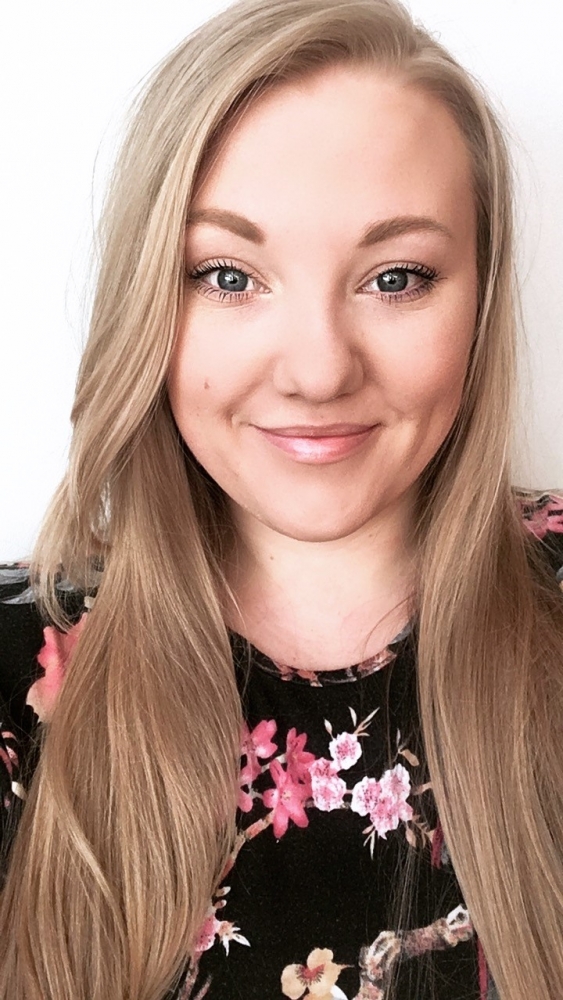An effortless and comprehensive approach to burden of illness reviews
Blog - PRO instruments in Hyperlipidaemia: Evidence Map
Published: 26-03-2018
We searched the horo.com database for PRO studies on hyperlipidaemia that were published between 1960 and the 5th of December 2017. The identified abstracts were analysed to determine the different PRO instruments cited across the recorded range of interventions and geographical locations and presented as an Evidence Map. The Evidence Map can be downloaded here. To use the Map, open in Excel and enable macros.
A total of 73 abstracts were identified reporting the use of 29 different PRO instruments. Of these, one instrument was specific to hyperlipidaemia, eight measured symptoms and/or comorbidities associated with hyperlipidaemia, five measured utility, three measured treatment satisfactions and eleven measured general wellbeing and/or quality of life.
PRO instruments could not be identified for all 73 publications, but the most frequently used tool was the SF-36, in eight abstracts, followed by the Hospital Anxiety Depression Scale (HADS), used in 5 abstracts, and the Mastery Scale, Nottingham Health Profile, QLI and WPAI, used in 3 abstracts each.
Studies reporting PRO instruments in Hyperlipidaemia: a selection of PRO tools by geographical location:

The disease population varied, but studies generally recruited patients with familial hypercholesterolemia (7 abstracts), hypertension (13), diabetes (13) and hyperlipidaemia (12), other non-related diseases (21) and unspecified diseases (17).
Studies reporting PRO instruments in Hyperlipidaemia: Disease populations by year:

The geographical distribution was widely spread with the USA being the most frequent location (29 abstracts) followed by The Netherlands (7), Sweden (5) and Canada (4). The main interventions assessed were pravastatin (3) and lovastatin (3) whilst 30 abstracts measured no intervention at all.
Studies reporting PRO instruments in Hyperlipidaemia: A selection of Intervention type by study type:

You can download a free copy of the Evidence Map here.
Written and Created by Alexandra Furber
Research assistant at Crystallise
